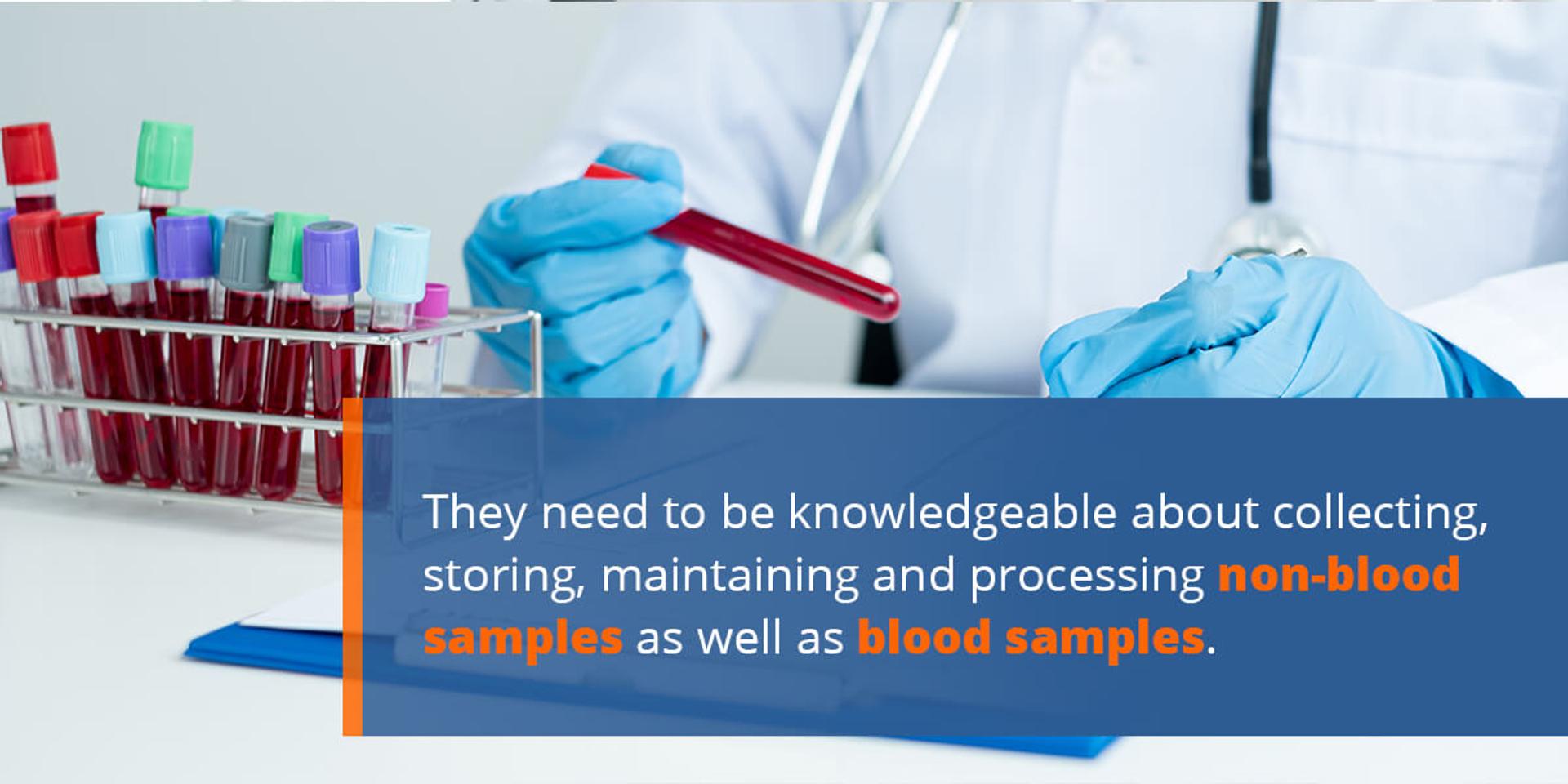Northeast Medical Institute - New Haven Campus Phlebotomy Course & Cna Class for Beginners
Northeast Medical Institute - New Haven Campus Phlebotomy Course & Cna Class for Beginners
Blog Article
The 8-Second Trick For Northeast Medical Institute - New Haven Campus Phlebotomy Course & Cna Class
Table of ContentsAbout Northeast Medical Institute - New Haven Campus Phlebotomy Course & Cna ClassAll about Northeast Medical Institute - New Haven Campus Phlebotomy Course & Cna ClassSome Of Northeast Medical Institute - New Haven Campus Phlebotomy Course & Cna ClassThe Ultimate Guide To Northeast Medical Institute - New Haven Campus Phlebotomy Course & Cna ClassSome Known Questions About Northeast Medical Institute - New Haven Campus Phlebotomy Course & Cna Class.9 Easy Facts About Northeast Medical Institute - New Haven Campus Phlebotomy Course & Cna Class Explained
Nonetheless, making use of such tools need to be come with by various other infection avoidance and control techniques, and training in their usage. Not all security gadgets are relevant to phlebotomy. Prior to choosing a safety-engineered gadget, users should extensively explore readily available tools to determine their appropriate usage, compatibility with existing phlebotomy methods, and efficacy in protecting team and clients (12, 33).For setups with reduced sources, expense is a motoring factor in procurement of safety-engineered gadgets. Where safety-engineered tools are not available, experienced use of a needle and syringe is appropriate.
labelling); transport problems; interpretation of results for clinical monitoring. In an outpatient division or facility, give a devoted phlebotomy workstation containing: a clean surface with two chairs (one for the phlebotomist and the other for the individual); a hand laundry container with soap, running water and paper towels; alcohol hand rub. In the blood-sampling room for an outpatient department or facility, supply a comfy reclining sofa with an arm rest.
The Buzz on Northeast Medical Institute - New Haven Campus Phlebotomy Course & Cna Class
Make certain that the indicators for blood sampling are plainly specified, either in a composed method or in recorded instructions (e.g. in a lab type). Accumulate all the equipment needed for the procedure and area it within secure and very easy reach on a tray or trolley, making sure that all the items are plainly noticeable.
Where the patient is grown-up and conscious, follow the steps laid out listed below. Introduce yourself to the patient, and ask the patient to state their complete name. Check that the research laboratory form matches the individual's identification (i.e. match the individual's information with the laboratory type, to make certain accurate recognition). Ask whether the license has allergies, anxieties or has actually ever passed out throughout previous injections or blood draws.
Make the client comfortable in a supine setting (if possible). The individual has a right to refuse an examination at any time before the blood sampling, so it is vital to ensure that the person has actually comprehended the procedure - PCT Classes.
The 8-Minute Rule for Northeast Medical Institute - New Haven Campus Phlebotomy Course & Cna Class
Prolong the person's arm and evaluate the antecubital fossa or forearm. Locate a vein of a good size that is noticeable, straight and clear.
DO NOT place the needle where capillaries are diverting, because this increases the chance of a haematoma. Finding the vein will assist in determining the right size of needle.
Haemolysis, contamination and presence of intravenous liquid and medication can all change the outcomes (39. Nursing team and medical professionals might access central venous lines for specimens adhering to protocols. Nevertheless, specimens from central lines carry a risk of contamination or incorrect research laboratory test results (https://www.figma.com/design/cJDpUQ2ilW2tnH9YmVZonn/Untitled?node-id=0-1&t=PhtFXnTShXKglZRf-1). It serves, but not perfect, to attract blood specimens when initial introducing an in-dwelling venous device, prior to attaching the cannula to the intravenous liquids.
The Best Strategy To Use For Northeast Medical Institute - New Haven Campus Phlebotomy Course & Cna Class
Enable the location to dry. Failure to permit adequate contact time increases the risk of contamination. DO NOT touch the cleaned up site; in specific, DO NOT position a finger over the capillary to lead the shaft of the subjected needle. It the site is touched, repeat the disinfection. Perform venepuncture as follows.
Ask the client to develop a clenched fist so the veins are more prominent. Enter the vein quickly at a 30 degree angle or less, and remain to present the needle along the vein at the easiest angle of access - Phlebotomy Classes. Once sufficient blood has been accumulated, launch the tourniquet prior to withdrawing the needle
How Northeast Medical Institute - New Haven Campus Phlebotomy Course & Cna Class can Save You Time, Stress, and Money.
Withdraw the needle carefully and use gentle stress to the website with a clean gauze or dry cotton-wool round. Ask the patient to hold the gauze or cotton wool in place, with the arm extended and raised. Ask the individual NOT to bend the arm, because doing so triggers a haematoma.

The smart Trick of Northeast Medical Institute - New Haven Campus Phlebotomy Course & Cna Class That Nobody is Discussing
Do not push the syringe bettor due to the fact that additional pressure enhances the risk of haemolysis. Where possible, maintain televisions in a shelf and relocate the shelf towards you. Infuse downwards right into the ideal coloured stopper. DO NOT get rid of the stopper due to the fact that it will release the vacuum. If the sample tube does not have a rubber stopper, infuse extremely slowly right into television as decreasing the stress and rate utilized to move the specimen minimizes the risk of haemolysis.

Report this page